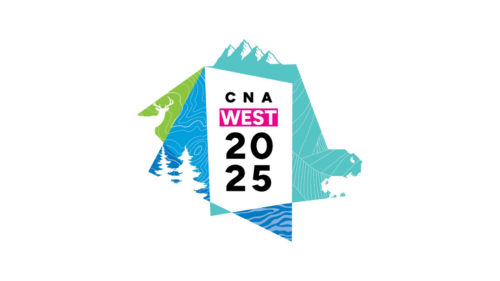
Canada 150: Nuclear Science and Your Health
When it comes to health care and medicine, nuclear science had made numerous accomplishments that have improved the lives of millions of people around the world. As Canada celebrates 150 years, we wanted to look back at some of our achievements.

Harriet Brooks
In the late 1800s Dr. Harriet Brooks, Canada’s first nuclear physicist, discovered radon while at McGill University and worked in the lab of Dr. Marie Curie. Her work laid the foundation for nuclear physics and paved a pathway forward for women like Sylvia Fedoruk.
In the mid-1950s, Fedoruk and a team of researchers under the guidance of Dr. Harold Johns, became one of the first groups in Canada (the other was a team from London, Ontario) to successfully treat a cancer patient with cobalt-60 radiation therapy. Today, it is estimated that over 70 million people around the world have benefited from this treatment and cobalt-60 machines are still in use today.
The benefits and applications of cobalt-60 extend far beyond cancer treatments. The ability of cobalt-60 to effectively kill off even the tiniest of potentially harmful microbes makes it the perfect sterilization tool for medical equipment like gloves, gowns, IV bags, syringes and catheters. Medical-grade cobalt or High Specific Activity (HSA) cobalt-60, like the kind used by Feodurk and others, has been a foundation for cancer treatment for over 60 years. A recent partnership between Nordion and Bruce Power will ensure that cobalt-60 continues to be readily available for years to come.
Pioneers in medical isotopes over half a century ago, Canada led the world in the supply of isotopes, contributing to the betterment of global health. Used for the diagnosis and treatment of various diseases and illnesses such as imaging of the brain, lungs, heart and kidney, isotopes have been a key component to the health-care system have helped millions of people every year. The importance of isotopes is increasing. According to a recent report, the global market for nuclear diagnostic medicine is expected to double by 2020. Globally, over 40 million nuclear medicine procedures are performed every year.
Today, in the halls at TRIUMF in Vancouver, scientists are working on the next wave of cancer treatments through the exploration of alpha therapies. Through a targeted approach, cancer cells are blasted from the inside out, minimizing damage to healthy tissues. These alpha-emitting isotopes are thought to be especially effective for dealing with late-state or metastasized cancers (cancer that has spread from one part of the body to another).
In order to develop the necessary tools to diagnose and treat patients, an understanding of how our body functions at the cellular level is key. The community of St. Catharines, Ontario is home to Brock University. There groups of scientists are looking to unlock the answers to some of the world’s most pressing health challenges by figuring out how our body works by peering inside our cells. Using a neutron beam and a very high-resolution microscope, you can look inside the tissues of cells without doing any damage. Thad Harroun is an Associate Professor at Brock University. He came to Canada in 2003 to work at the Canadian Neutron Beam Centre and has worked on numerous experiments to better understand the interactions inside our bodies. One of his recent projects involves a better understanding of cholesterol.
“We want to know how proteins in our cells interact with cholesterol and fats and we are looking to see how cholesterol supports cell membranes,” he said.
Once thought to be the enemy of our arteries, new research has highlighted the importance of cholesterol to both cellular and lung health. Harroun’s work has also explored the importance of Vitamin E to cellular health.
Leading edge cancer treatments today include Gamma Knife Radiosurgery. Contrary to its name (the procedure isn’t surgery and doesn’t involve a knife) beams of radiation, two-hundred in total, converge on cancerous cells to more effectively kill tumors while protecting surrounding healthy tissues and provides new hope for those dealing with brain tumors and lesions.
Our history with nuclear medicine is a storied and varied. As Canada marks its 150th birthday there are many reasons to be proud of our many achievements that will continue to benefit the lives of people around the world for generations to come.



